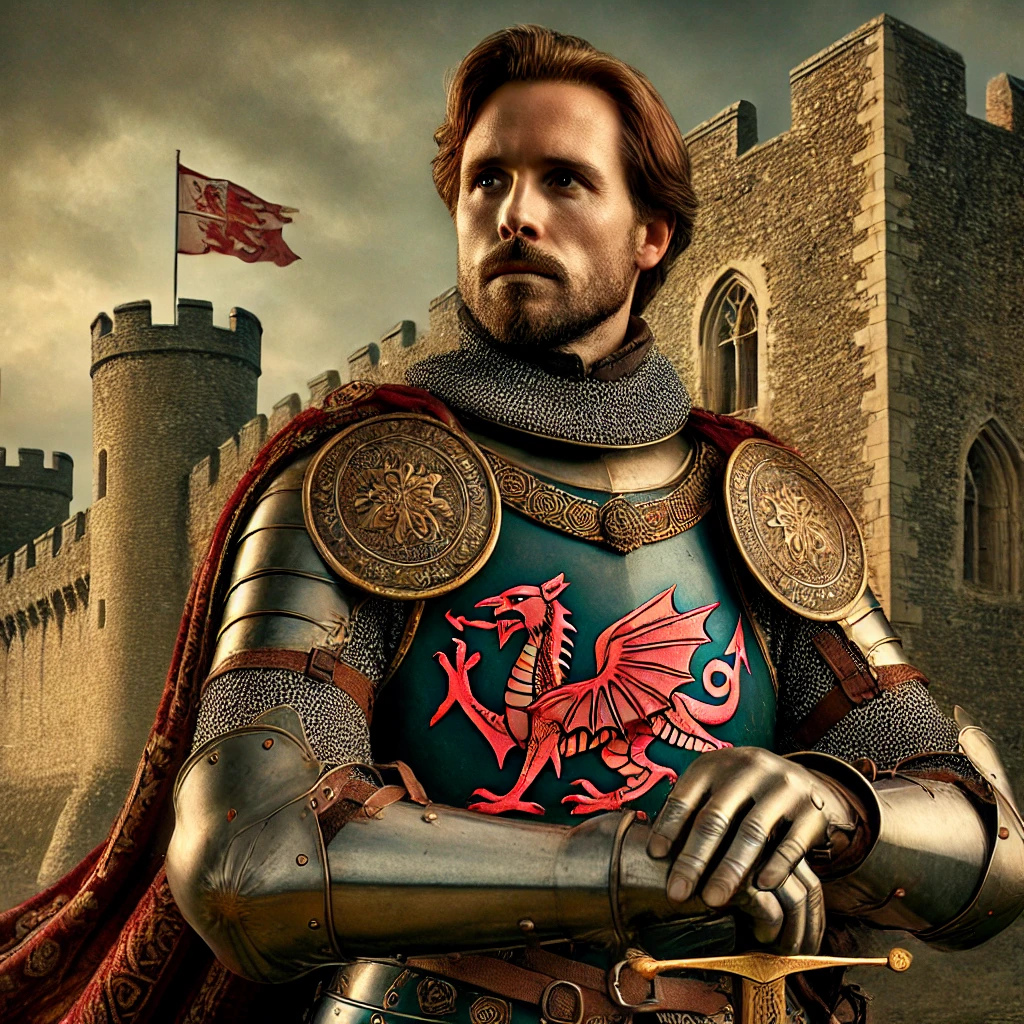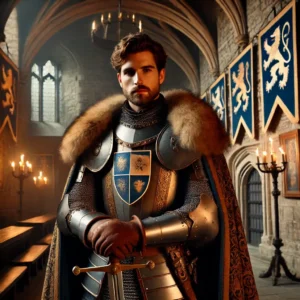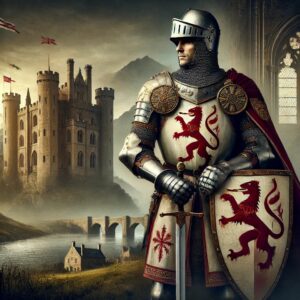The Rise of a Knight
Sir Roger Vaughan of Tretower was a distinguished Welsh nobleman and warrior. Known for his unwavering loyalty to the English crown during the tumultuous 15th century. Living during the period of the Wars of the Roses, Vaughan played a key role in defending Welsh territories. While navigating the shifting tides of loyalty and power.
In my recent blog about Tretower Castle (read it here), I explored the fortress that Vaughan once called home. But beyond the castle walls, his story is one of bravery, political maneuvering, and a tragic end on the battlefield.
A Warrior in the Wars of the Roses
Sir Roger Vaughan was a staunch supporter of the House of York, aligning himself with King Edward IV. His military prowess and loyalty saw him rise in status. Earning recognition as one of the most trusted Welsh commanders of his time.
However, his allegiance came at a cost. During the Battle of Edgecote Moor in 1469, Vaughan was captured by the Lancastrian forces led by Jasper Tudor, a key figure in the rival House of Lancaster. His fate was sealed when he was executed on Jasper’s orders, marking a tragic end to his steadfast service to Yorkist rule.
Did Vaughan’s commitment to the English monarchy overshadow his Welsh roots? Or was he simply a man caught in the relentless struggles for power that defined medieval Britain?
Sir Roger Vaughan and Tretower Castle
Tretower Castle, Vaughan’s ancestral home, remains one of the most well-preserved medieval residences in Wales. Unlike many castles built purely for defense, Tretower evolved into a luxurious manor, reflecting Vaughan’s rising status.
Some say that his presence is still felt in the castle, with visitors claiming to see a shadowy figure roaming the halls. Whether or not his spirit lingers, Tretower Castle stands as a monument to his legacy and influence.
A Lasting Legacy
Though Sir Roger Vaughan met a tragic end, his descendants continued to play a crucial role in Welsh and British history. His family lineage remained influential, and his story serves as a reminder of the deep connections between Wales and the English monarchy.
Today, Vaughan’s name is etched into the history of Tretower and Wales, a symbol of the complex loyalty and shifting alliances that shaped the medieval world.
Where to Next?
Sir Roger Vaughan’s story is just one of many tales of Welsh warriors caught in the crossfire of England’s power struggles. In my next historical feature, I’ll be exploring the life of Humphrey de Bohun, a key figure in medieval England with deep ties to Wales.
Read his incredible story here and continue this journey through Welsh history!
Call to Action
Love learning about Welsh history and the legendary figures who shaped it? Share this blog on social media and join the conversation!
Want to explore more about Wales’ most fascinating historical figures and castles? Visit my website: brianwelsh500.com for more blogs, photos, and insights!




